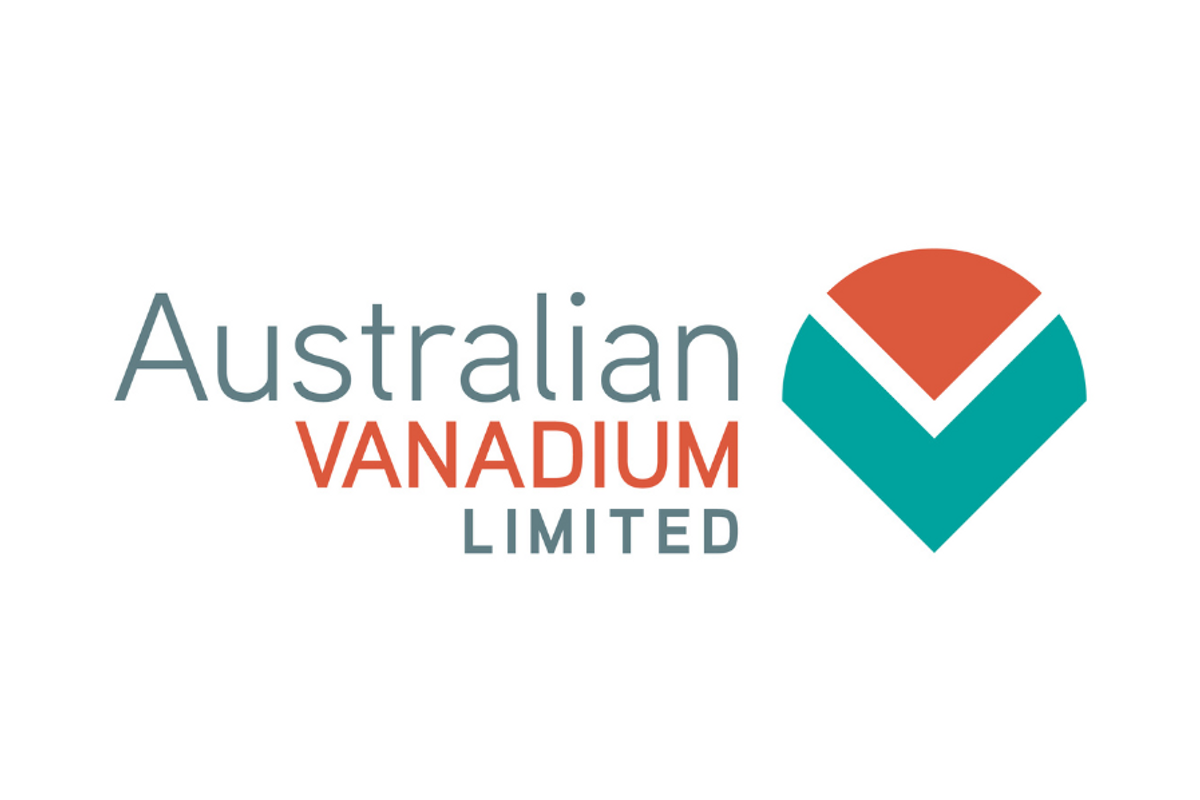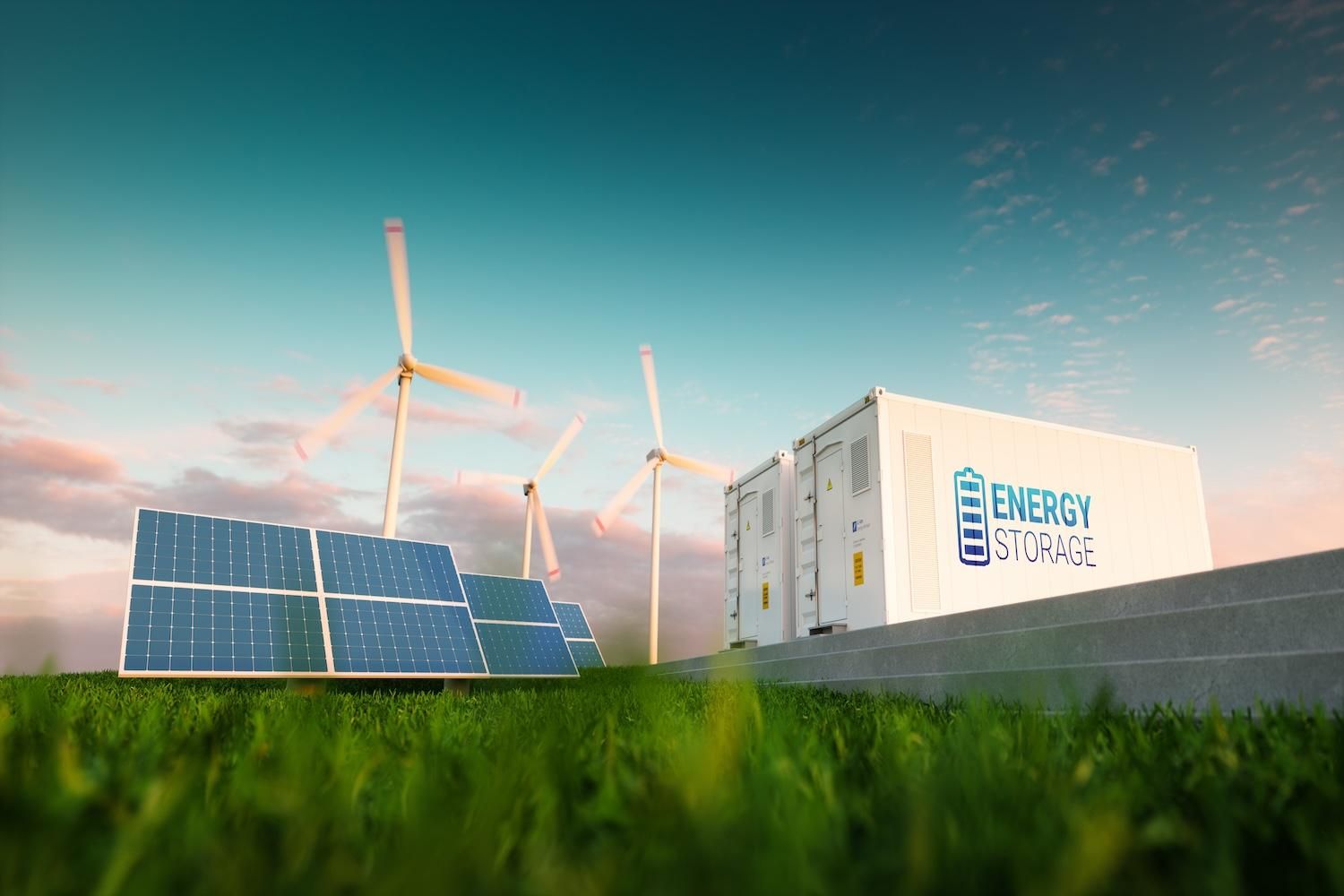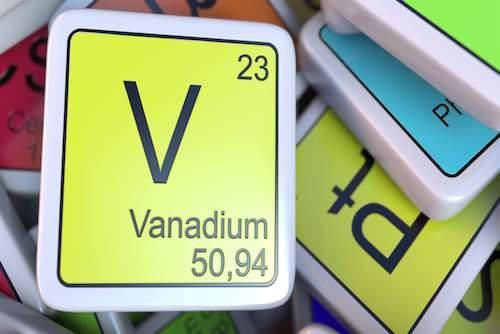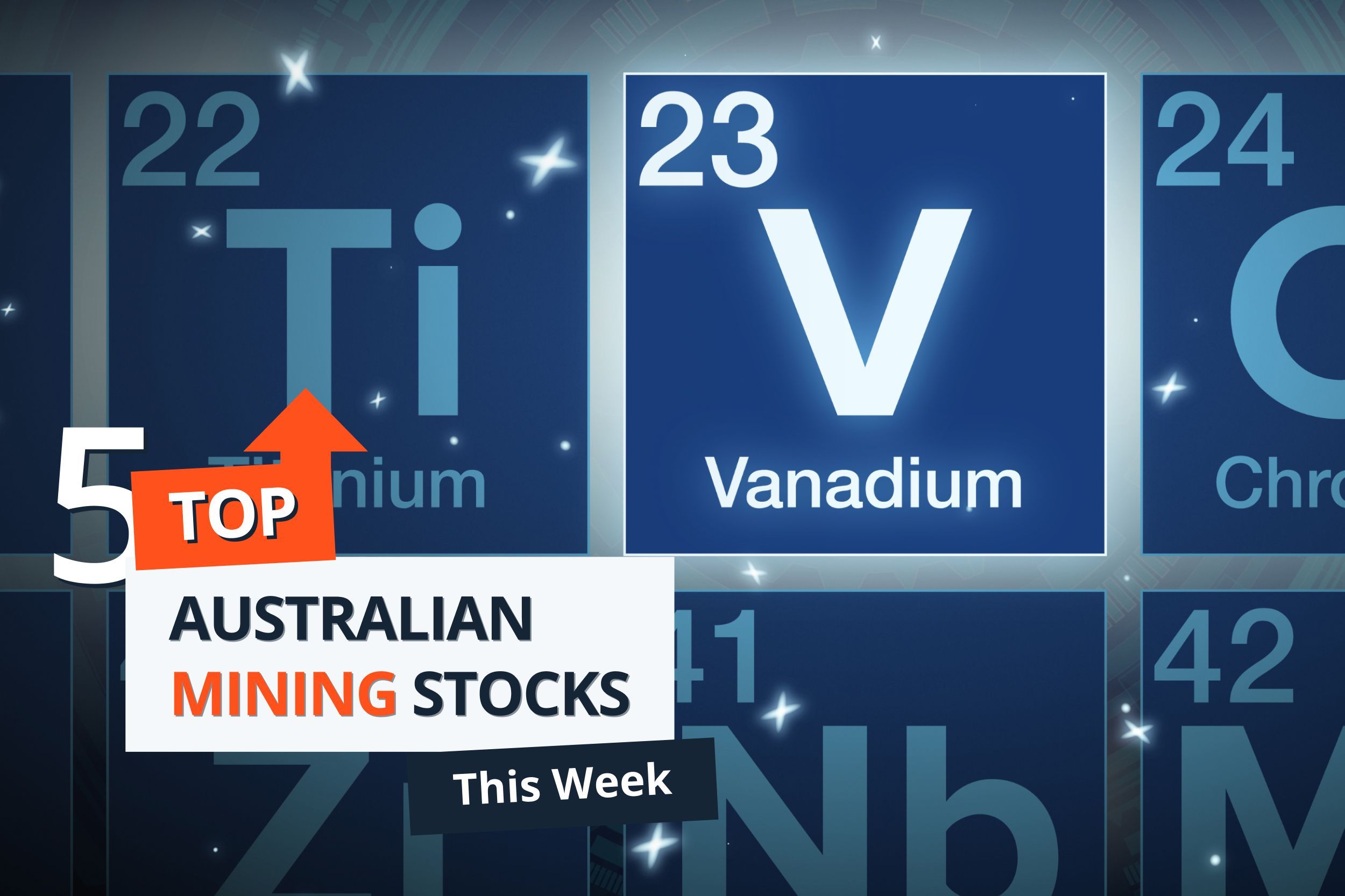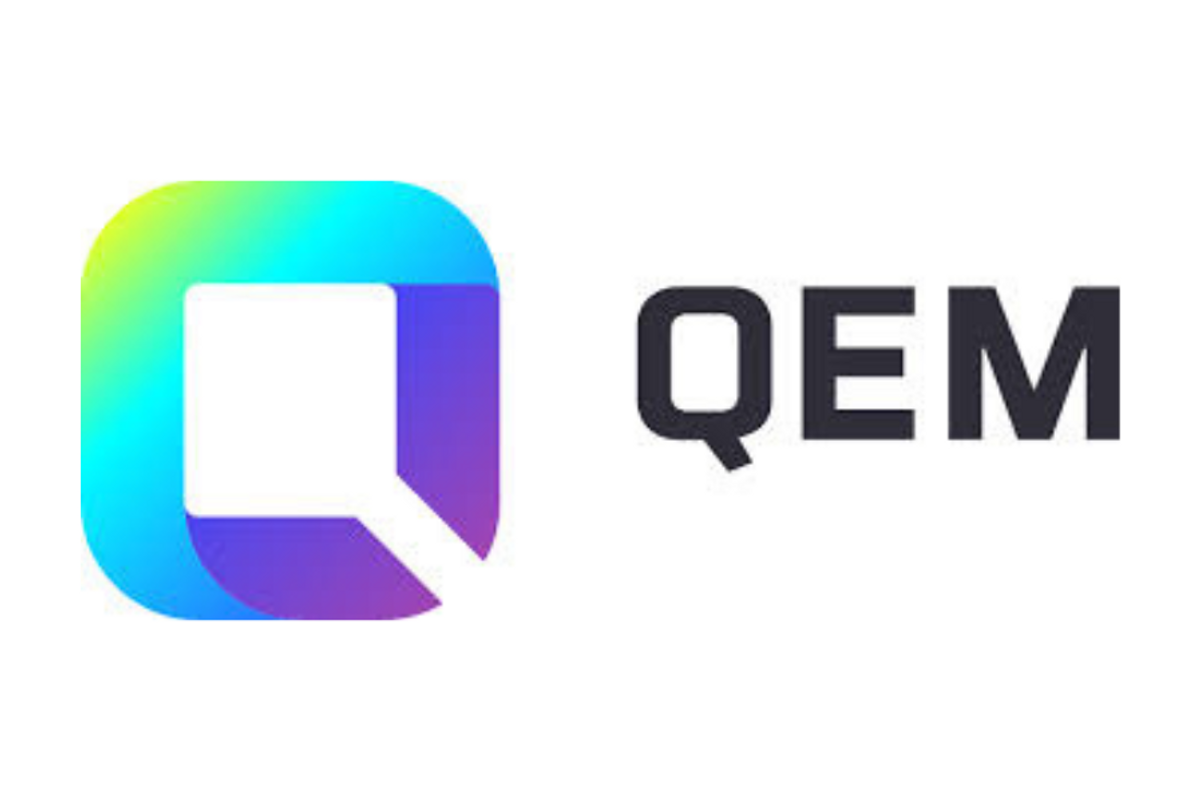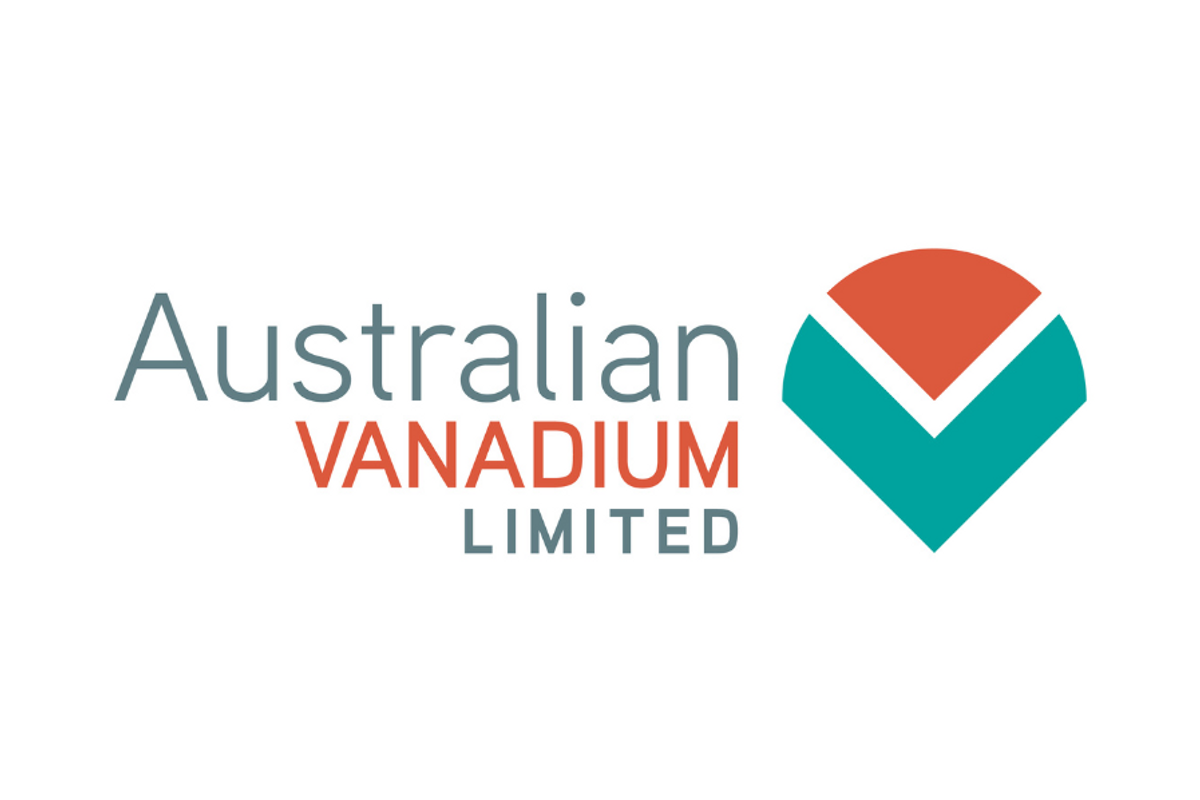
January 30, 2024
Australian Vanadium Limited (AVL) is pleased to present its Quarterly Activities and Cash Flow Report.
HIGHLIGHTS
Merger with Technology Metals Australia Limited
- Scheme of arrangement approved under which Australian Vanadium Limited (ASX: AVL, the Company or AVL) will acquire 100% of the shares on issue of Technology Metals Australia Limited (ASX: TMT).
- Combination of AVL and TMT creates a leading Australian vanadium developer through the consolidation of two adjoining projects across one orebody, realising synergies through a single integrated project.
- Scheme of arrangement is expected to be implemented on 1 February 2024.
Australian Vanadium Project
- The Company continues to progress activities to develop the Australian Vanadium Project including:
- Miscellaneous licence granted for haulage road and water pipeline.
- Extension of MOU with Neometals for collaboration on purchase of a vanadium and iron concentrate and co-location of shared infrastructure.
- Permitting activities at processing plant location progressed.
Vanadium in energy storage
- Construction of AVL’s first vanadium electrolyte manufacturing facility has been completed in Western Australia without injury.
- The facility is capable of producing annual quantities of high purity electrolyte equivalent to 33MWh of battery energy storage capacity.
- AVL vanadium electrolyte production will deliver local Australian manufactured product into a growing demand market and allows for qualification of AVL material with battery manufacturers.
- Facility opened by the Hon. Madeleine King MP in January 2024.
- Vanadium flow battery (VFB) purchased by Horizon Power arrived in Australia, with factory acceptance testing to be undertaken by AVL’s wholly owned subsidiary, VSUN Energy Pty Ltd (VSUN Energy), in conjunction with Horizon Power.
- VSUN Energy has progressed its first prototype VFB targeting residential applications.
Corporate
- No lost time injuries or reportable environmental incidents were recorded during the quarter.
- Cash position of $24.6 million as at 31 December 2023, including restricted cash of $0.4 million.
Management Comment
CEO, Graham Arvidson comments, “During the quarter, AVL continued its momentum across a range of activities, including the merger with Technology Metals Australia, advancement of the Australian Vanadium Project, construction of our vanadium electrolyte facility and our VSUN Energy vanadium flow battery initiatives.
The consolidation of the Australian Vanadium Project’s contiguous orebody provides a unique opportunity for a project of increased global significance and unencumbered development potential. We anticipate completion of the merger on 1 February 2024 and look forward to welcoming our new shareholders.
The completion of the construction of AVL’s first vanadium electrolyte manufacturing facility was a major milestone for the Company and we were pleased to successfully and safely execute another segment of our ‘pit to battery’ strategy. The facility’s construction demonstrates AVL’s technical and project management abilities which will underpin the development of the larger Australian Vanadium Project. We were grateful to the Hon. Madeleine King MP for opening the facility with us and to all the other attendees at the event for their support.”
Click here for the full ASX Release
This article includes content from Australian Vanadium, licensed for the purpose of publishing on Investing News Australia. This article does not constitute financial product advice. It is your responsibility to perform proper due diligence before acting upon any information provided here. Please refer to our full disclaimer here.
AVL:AU
The Conversation (0)
29 April 2024
Australian Vanadium
An Australian vanadium leader
An Australian vanadium leader Keep Reading...
26 November
Western Australia Commits AU$150 Million for Vanadium Battery Project
Western Australia's Cook government said on Monday (November 24) that it has opened expressions of interest (EOI) for a vanadium battery energy storage system (VBESS) project.A key election promise under the Made in Western Australia plan, the initiative is designed to help position Western... Keep Reading...
17 September
How to Invest in Vanadium Stocks
Vanadium is an important metal for both the steel and battery manufacturing industries. Both of these sectors play key roles in economic growth and a new era in defense and energy security. Supply and demand fundamentals for the metal indicate a strong long-term outlook for the vanadium market.... Keep Reading...
25 July
Top 5 Australian Mining Stocks This Week: Vanadium Resources Soars on DSO Offtake Deal
Welcome to the Investing News Network's weekly round-up of Australia’s top-performing mining stocks on the ASX, starting with news in Australia's resource sector.This week, gold companies continued to shine in Australia, joined by battery and base metals explorers and developers. In corporate... Keep Reading...
02 July
QEM Appoints Robert Cooper as Director, following Leadership Transition
Critical minerals and energy company QEM Limited (ASX: QEM) is pleased to announce completion of the previously announced Leadership Transition (refer ASX Announcement 29 May 2025). Highlights: Seasoned global mining executive Robert Cooper has completed a comprehensive handover and is appointed... Keep Reading...
Latest News
Latest Press Releases
Copper Quest Closes $1,927,000 Private Placement
05 December
Related News
TOP STOCKS
American Battery4.030.24
Aion Therapeutic0.10-0.01
Cybin Corp2.140.00
